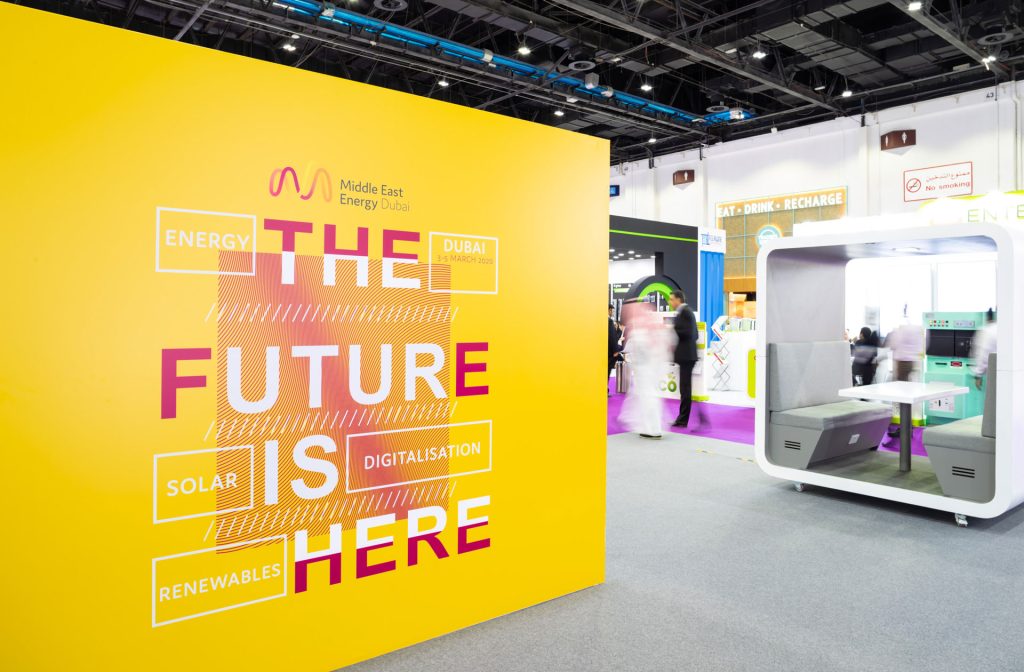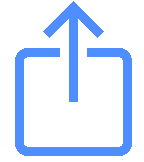Amid the clang of cables and the hum of innovation, something remarkable unfolded in Dubai this April. While many events parade as global gatherings, Middle East Energy 2025 didn’t just bring the world together — it sparked something electric. Not metaphorically. Literally.
Industry veterans, first-time exhibitors, startup disruptors, and energy ministers mingled — and not in the curated politeness of corporate shows. Instead, conversations were granular, intense, charged with technical nuance. Even the coffee breaks buzzed, if not from caffeine then from talk of microgrids, quantum inverters, and decentralized power autonomy.
THE NEW ERA OF STORAGE BEGINS HERE
The Battery Show Middle East — arguably the most kinetic addition — was hard to ignore. With over 200 exhibitors, the energy was palpable, and that’s not just wordplay. This wasn’t a “battery expo,” it was a declaration. The age of passive storage is over. Conversations centered not just on capacity but on adaptation: how cities, transport systems, and even deserts might store the sun.
Attendees, pacing through solar thermal demos and AI-powered consumption monitors, felt something not often present in trade events: urgency. Yet, paradoxically, it felt patient. Forward-thinking. Perhaps because the stakes are no longer hypothetical — grids are failing, waters are warming, and solutions are becoming increasingly time-sensitive.
RENEWABLES WITHOUT HESITATION
Ironically, despite being hosted in a region still synonymous with oil wealth, the show leaned decisively into renewables. There was no timid greenwashing here. No empty “net zero” promises dropped from glossy brochures. Instead, engineers shared trials from solar PV pilots in Oman. Ministers detailed grid resilience strategies in sub-Saharan Africa. CEOs asked not just how to scale, but how to sustain.
Across six sprawling sectors — Smart Solutions, Transmission & Distribution, Renewable & Clean Energy, Critical & Backup Power, Energy Management, and Battery & eMobility — the diversity in innovation was dizzying. And that’s the point. Energy isn’t one vertical anymore. It’s a matrix. One that doesn’t sit still.

CONFERENCES THAT DON’T FOLLOW THE SCRIPT
Even the conference formats bucked predictability. Sessions bled into one another. Panels became debates. Product launches led to impromptu roundtables. The Global Innovation Forum, for instance, showcased not just products but philosophies — whether AI-driven infrastructure or blockchain-audited consumption.
Elsewhere, the Middle East Energy Leadership Summit bore an air of calm authority. But underneath its diplomatic tone, there was an undercurrent of hard truth. Transition is messy. But necessary. And slow transitions are often no transitions at all.
Notably, the Africa Business Leaders Forum wasn’t a sidebar. It was central. With talks ranging from East African hydropower corridors to Nigerian mini-grid accelerators, it framed Africa not as a market to penetrate but as a partner to build with. That shift in tone — from transactional to collaborative — echoed throughout the halls.
TECHNICAL DEPTH, NOT JUST CORPORATE SPIN
IEEE’s Technical Seminar felt like an academic black hole in the best way possible. Dense, data-rich, and unapologetically granular, it offered solace to those craving substance. While marketing teams talked ROI, this room murmured about thermal thresholds and frequency control strategies.
And the Intersolar & ees Middle East Conference? Think less “future of solar” and more “solar is now — how do we manage its chaos?” Grid saturation, demand fluctuation, and storage spillover dominated conversations. It was less about celebration and more about stewardship.
HOW TO JOIN THE MOVEMENT
Attendance is free, but registration is required through the event’s official website. Professionals must apply online, then receive a confirmation email with a digital badge. This badge grants access to the exhibition floor, conference sessions, and networking lounges. Walk-in registration is possible on-site, but advance booking is strongly recommended. Exhibitor representatives, technical delegates, and policy-makers are prioritized for specific track access. For companies interested in showcasing, exhibitor packages can be requested via the organizers directly.
THE UNPREDICTABLE SHAPE OF COLLABORATION
Not everything was seamless, though. With over 1,600 exhibitors and tens of thousands of visitors, navigating the venue often felt like sprinting through a solar-powered labyrinth. But perhaps that’s fitting — the energy sector isn’t linear either.
At every turn, networking didn’t mean exchanging cards but exchanging frameworks. “How do you handle curtailment during wind surges?” one Danish rep asked a Saudi engineer. The answer involved goats. Don’t ask.
Dubai, paradoxically glitzy and grounded, once again proved it could host more than extravagance. It held space for grit, negotiation, compromise. For once, the glitter wasn’t the point.
Middle East Energy 2025 wasn’t about showcasing power. It was about showing vulnerability — of systems, grids, companies — and asking how we make them stronger. And in that ask, maybe, lies the most powerful energy of all.


 then "Add to Home Screen"
then "Add to Home Screen"